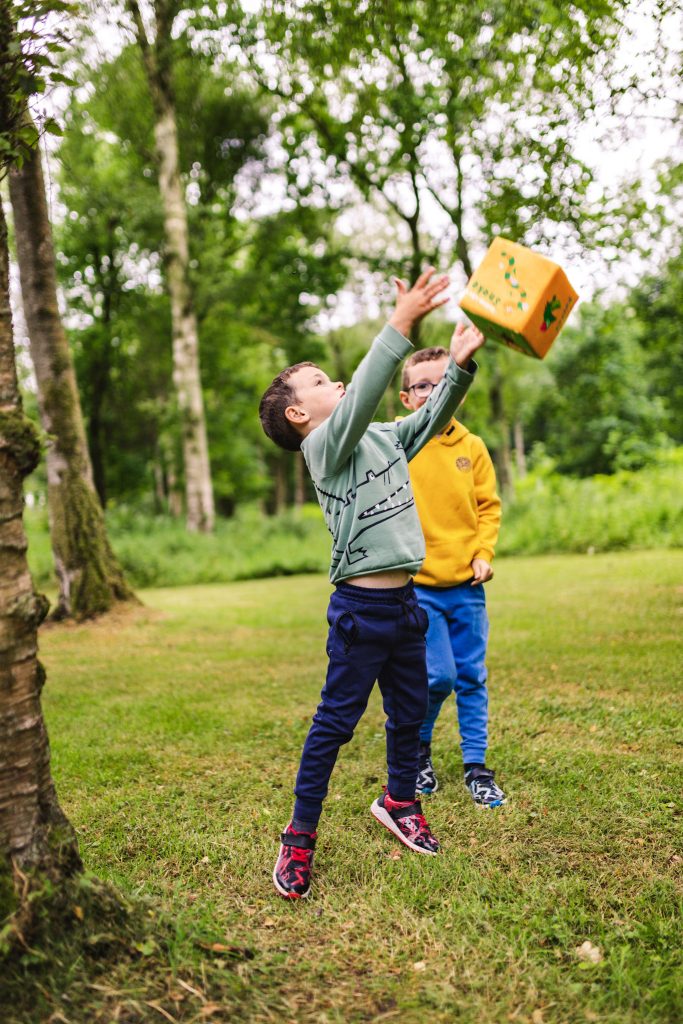Harnessing Potential: A Guide to Mastering Fundamental Movement Skills for Kids
As children grow and develop, mastering fundamental movement skills lays the foundation for lifelong physical activity. Whether it’s running, jumping, or catching, these skills are crucial for overall health and wellbeing. In this guide, we’ll explore key fundamental movement skills for kids and how parents can support their development.

1.Running and Sprinting:
Running is one of the most fundamental movement skills for kids. Encourage your child to run freely in safe environments like parks or playgrounds. Practice sprinting short distances to build speed and agility. Running helps improve cardiovascular health and coordination.
2. Jumping and Hopping:
Jumping and hopping develop lower body strength, balance, and coordination. Teach your child basic jumping techniques like two-foot jumps, single-leg hops, and side-to-side jumps. Use hopscotch or jump ropes for fun and engaging activities that enhance these skills.
3.Catching and Throwing:
Catching and throwing are essential for sports like baseball, basketball, and football. Start with soft balls or beanbags to practice basic catching and throwing motions. Use targets like hoops or cones to improve accuracy and hand-eye coordination. These skills also promote teamwork and spatial awareness.

4.Balancing:
Balancing skills are vital for stability and coordination. Encourage your child to balance on one foot, walk along a curb, or navigate balance beams at playgrounds. Yoga and martial arts classes also offer excellent opportunities to develop balance and body awareness.
5.Kicking:
Kicking is a fundamental skill for sports like soccer and rugby. Practice kicking lightweight balls or balloons to improve foot-eye coordination. Set up makeshift goals or targets to enhance accuracy and precision. Kicking activities not only develop physical skills but also boost confidence and self-esteem.
6. Climbing:
Climbing develops upper body strength, coordination, and spatial awareness. Allow your child to climb on playground structures or indoor climbing walls under supervision. Start with low-risk climbing activities and gradually increase difficulty as they gain confidence and skill.
7. Skipping:
Skipping is a fun and challenging activity that enhances coordination and rhythm. Teach your child basic skipping techniques like alternating feet and swinging the rope smoothly. Skipping ropes come in various lengths and styles, making it accessible for children of all ages and abilities.

Mastering fundamental movement skills is essential for children’s physical development and overall wellbeing. By incorporating activities that focus on running, jumping, catching, balancing, kicking, climbing, and skipping into their daily routine, parents can help their children build a strong foundation for a lifetime of physical activity and healthy living. Which is why I created a fun exercise game for kids that introduces them to these skills